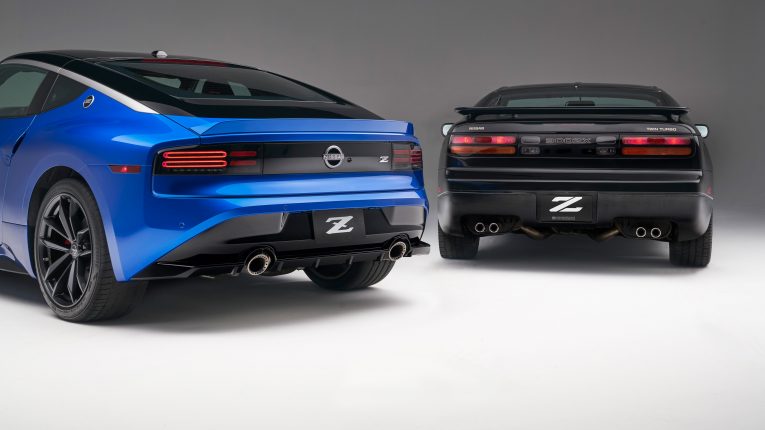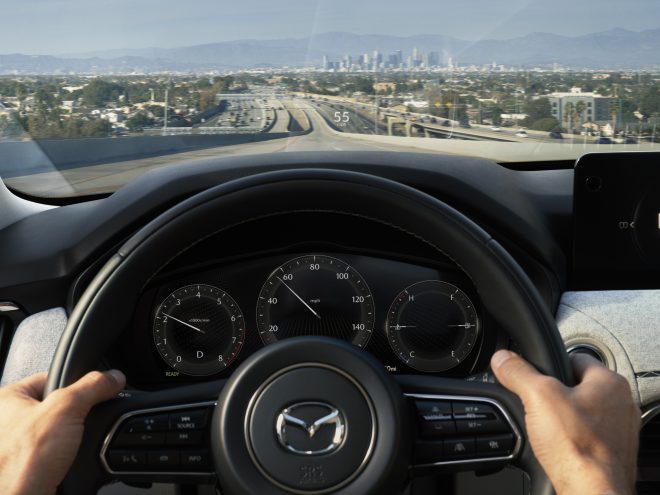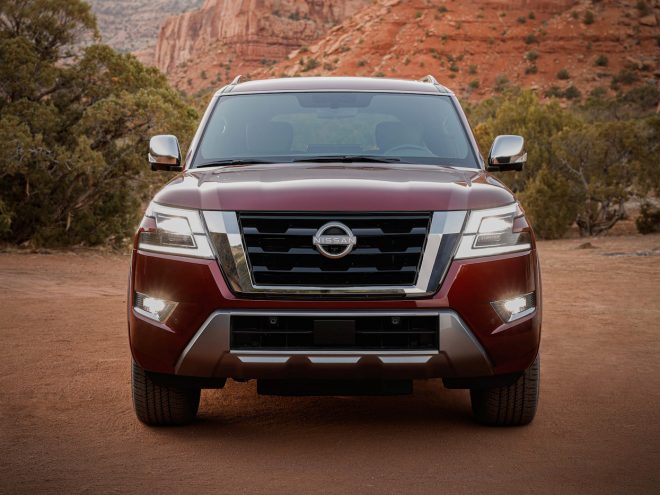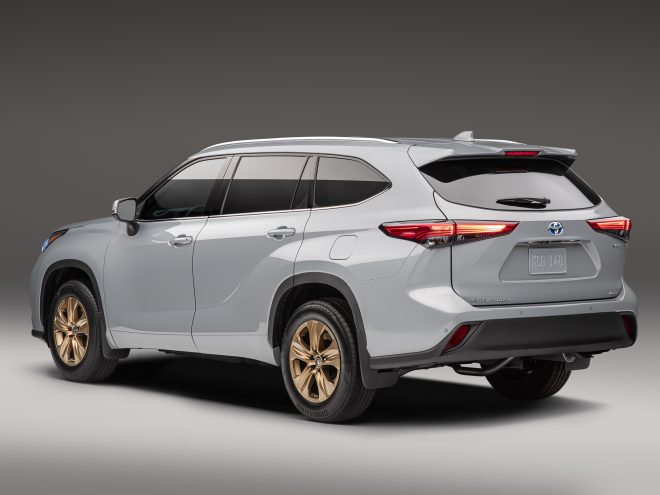
Getting the Most Out of Your Car Insurance Deductible
Are you having trouble paying your car insurance deductible? Or, do you live in a congested area with high chances of being involved in accidents, and you wonder what will happen in terrible events? First, you need to make sure to shop for the best car insurance companies. And know that taking your auto insurance policy is essential as it helps you get back to work after an accident or car theft.
Getting cheaper car insurance comes with the question, how do you get the most out of your car insurance rates or deductibles? To benefit from your deductibles, you need to understand what a deductible is, how it affects the premiums. The difference between high and low deductibles and what happens if you cannot afford to pay a deductible during an accident. Here is everything you need to know before choosing your car insurance policy.
What is a car insurance deductible?
For any car insurance policy to be actionable, the insurer and the policyholder agree to share the risk during an accident or any event that requires insurance coverage. In most cases, the insurer pays the most significant percentage of the insurance loss. In contrast, the policyholder will only pay a small amount of money from the pocket. This is what is called a deductible.
Because a deductible acts as a shared risk between the auto insurance companies and the policyholders, it ensures you contribute towards the loss, preventing you from careless driving. A safety net for insurance companies, if you will.
Therefore, a deductible is the amount of money you pay out of the pocket before your filed claim takes action. It is usually a specific amount determined by auto insurance companies. However, you can also agree on a certain percentage of the total amount of the policy. For example, suppose you have a deductible of $500, and you have an insurance loss of $10,000. In that case, you will have to pay $500 from your pocket while the insurance company will be responsible for the remaining $9,500.
The deductible only applies to damages caused to your property if you have comprehensive insurance or collision coverage. Liability coverage does not have deductibles, as your insurer will pay for the total loss up to your coverage limits.
Deductible vs. Premiums
How does your car insurance deductible affect your annual premiums or even your auto insurance rates?
Paying a higher deductible reduces your monthly premiums as your insurance company will only cover you with a small percentage. But, on the other hand, a lower deductible results in higher monthly premiums. This is because you need to pay higher monthly rates to balance out the increased coverage offered by the company. Often auto insurance providers do check your credit score before submitting your coverage to make sure you are worthy of the trust.
The average deductible is usually $1,000. However, some policyholders opt to increase their deductibles to $2,000 or reduce them to $500 or even $250 to help lower their premiums or to ensure they can afford out-of-pocket expenses.
According to a survey conducted by car insurance quotes, raising the deductible from $500 to $1,000 is likely to cause an average reduction of 10% in annual premiums based on the state. However, this does not mean you must increase your deductibles to enjoy reduced premiums since moving from $1,000 to $2,000 can have a heavy blow on your financial position.
Which type of deductible is right for you?
An auto insurance policy might consist of different coverage types. For example, while some coverage may pay the other party for damages and injuries. Others will pay for minimum coverage for injuries caused to other people in your car and property damaged during an accident.
Understanding how the average cost of car insurance even for young adults and coverage types work will also help you know which deductible level is right for you. As such, here are the main coverage types with deductible options to choose from:
Collision Coverage
Collision coverage pays for the damage caused to your vehicle after a collision with an object such as a pole, guard rail, or a building. It usually applies when you are at-fault accident. Besides, it covers damages resulting from potholes or your car rolling. However, it will not pay you for mechanical failure or normal wear and tear.
According to Triple-I (Insurance Information Institute), collision coverage costs an average of $300 per year. A deductible will also apply to your policy if you file a claim for damage to your car.
Comprehensive insurance
A comprehensive insurance policy covers your car against theft and damages caused by incidents other than collision. Such incidents include, but are limited to, fire, flood, vandalism, hail, falling rocks, or hitting an animal. The cost of car insurance under a comprehensive policy is averagely under $200 per year. A deductible will also apply if you file a claim for the damage to your car under this coverage.
However, insurers can pay for the actual damage in some scenarios and locations without paying any deductible. For example, insurers in Florida and South Carolina will repair the damages if you have a chip or a crack on your windshield with no deductible. Other auto insurance companies will also offer zero-deductible comprehensive coverage but with higher car insurance premiums.
You can compare auto insurance rates for free using CarInsurance.net.
Personal injury protection
Depending on your state, you can also have personal injury protection (PIP) on your car insurance policy. This coverage type pays for medical bills for you and all passengers in your car. It can also pay for expenses resulting from lost jobs or if you need someone to help with household tasks after accidents. There are various deductible options for a personal injury protection policy. Choosing the best option will help you save on premiums and land a cheaper car insurance policy.
Factors determining a deductible you choose
The first thing to consider before deciding the amount of deductible to pay is your financial position. How prepared are you for an emergency? Can you spend $1,000 from your pocket to repair your car in case of an accident? If you can afford that amount every time you get an accident, you can go for a higher deductible.
Consider your payback
You also need to consult your insurance agent to see how much you can save if you increase your deductibles. For example, if changing from a $500 deductible to a $1,000 deductible can save you 10% on your premiums, you can choose a higher deductible.
For example, suppose your annual premium on a $500 deductible is $800. In that case, you will need to pay $720 as your annual premium on a $1,000 deductible. This means you will save $80 yearly, and it will take you six years to balance the difference between the two deductibles. Remember, this will only be applicable if you don’t get into an accident within this time, or else you will have to pay more from your pocket.
What are the risk of accidents?
If you live in a congested area with a high frequency of accidents, you will need a lower deductible to pay less each time you file a claim. On the other hand, drivers with a clean driving record will be comfortable with a higher deductible because they know they can save to balance the difference in deductibles.
Drivers in collision coverage without speeding tickets can also take higher deductibles due to the lower risk of collision. However, chances are that even if you have a legitimate claim, insurance companies may still deny it. In that case, having a car accident attorney by your side can help you get through the litigation. You can click on this URL to learn how such professionals can help you receive fair compensation for your loss.
The bottom line
Do you think it is wise to raise your deductible to enjoy lower premiums? While taking a lower deductible can increase your annual premiums. There are various ways to enjoy lower rates with a lower deductible, such as shopping around and combining your home and auto insurance. Therefore, it is only wise to raise your deductibles if you have a clean driving history in an excellent financial position.
Rose Rosie is a writer for the personal finance website, Joy Wallet, which provides readers with useful information, resources, and tools to help maximize their financial fitness.









